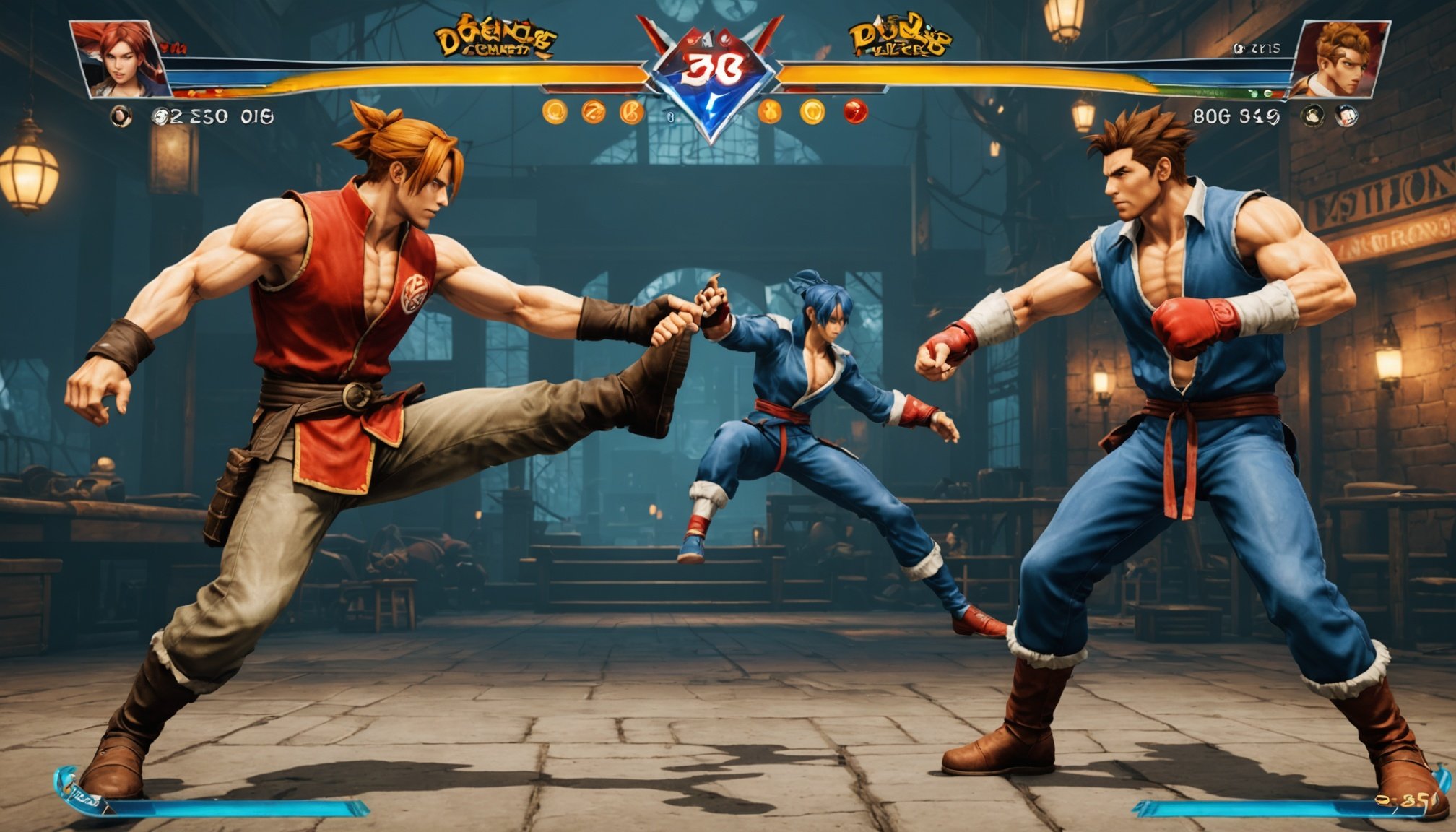Importance of Character Balance in Fighting Games
In fighting games, the concept of character balance is crucial to ensuring gameplay fairness and enhancing overall enjoyment. When characters in a game are well-balanced, players feel that every character has an equal footing, providing a genuine test of skill rather than relying on potentially overpowered characters. However, when balance is compromised, it can lead to frustration and a diminished interest in the game.
Throughout history, many games have suffered due to imbalanced characters. One classic example is the ‘Street Fighter II’ series in its earlier iterations. Characters like Akuma were notoriously overpowered, which deterred players from exploring other characters, ultimately affecting the game’s success.
Additional reading : Revolutionizing narrative games: the role of ai in crafting personalized storylines and future prospects
Competitive gaming environments rely heavily on character balance to ensure fairness. In tournaments, players strive for a level playing field, where victories are determined by skill, strategy, and execution rather than an unbalanced roster. Game developers frequently update fighting games to tweak character abilities, aiming to maintain a delicate balance and uphold competitive integrity.
By understanding and implementing effective fighting game mechanics, developers not only enhance the playability of their games but also contribute to a thriving community and successful competitive scene. A balanced roster is not just a feature but a fundamental aspect of a fighting game’s long-term appeal and success.
Have you seen this : Key elements for designing user-friendly interfaces in virtual reality puzzle games
Key Techniques for Achieving Character Balance
Creating a balanced game involves intricate character design techniques, focusing on gameplay mechanics and implementing effective balance strategies. At the core lies character attributes, testing phases, and fine-tuning special abilities, ensuring fairness and engagement for players.
Defining Character Attributes
A well-balanced character requires meticulous consideration of key attributes. Important factors include speed versus power dynamics and how these influence gameplay mechanics. Considerations extend to range, influencing combat effectiveness and role differentiation on the battlefield. Achieving balance involves evaluating attributes systematically, beginning with comparisons against a baseline or standardized character model.
Testing and Iteration
Playtesting plays a critical role in identifying potential imbalances. Collecting player feedback through detailed surveys and observation can offer valuable insights into how different gameplay mechanics interact. Following regular iteration cycles in character balancing adjustments allows developers to refine character design techniques iteratively, ensuring balance without sacrificing uniqueness.
Balancing Special Abilities
Incorporating unique abilities keeps gameplay fresh, but maintaining fairness is a challenge. Designing special abilities requires anticipating and countering overpowering moves. A well-balanced game features special moves that provide depth without dominating play unfairly. A prime example includes games where each character’s special abilities complement weaknesses rather than overshadow others, ensuring strategic depth.
Case Studies of Successful Character Balance
Exploring character balance in successful fighting games reveals valuable insights into game design and community engagement.
Analyzing an Iconic Fighting Game
One prime example is the well-balanced character design found in certain game analyses. In these games, every character boasts unique strengths and weaknesses, ensuring no single character dominates others. Specific character comparisons showcase their balance effectiveness. For instance, a fierce warrior may excel in direct combat but lacks agility, offering room for skillful players to counterbalance. Over time, the game receives feedback from the player community, guiding ongoing adjustments and nurturing a loyal fan base.
Lessons from Competitive Fighting Games
Tournaments provide a litmus test for character balance in competitive fighting games. High-level matches often illustrate how skilled players utilize a diverse range of characters, confirming balanced design. Reviewing specific tournament scenarios where balance held up under pressure demonstrates the care taken in character selection and evolution. Notably, some characters evolve remarkably, adapting to maintain balance even as players discover new strategies.
Innovations in Character Development
Recent games experiment with innovative approaches, pushing the boundaries of character design balance. Advanced technology and tools now aid developers in crafting characters that synchronize equally well across various playstyles. Staying aware of trends and embracing innovation aids in continual improvement of character balance mechanics, offering exciting possibilities for future gaming experiences.
Implementing Character Balance Strategies in Your Game
Balancing characters in game development practices is a crucial aspect of ensuring an engaging player experience. The journey begins with establishing a balanced character creation framework. This involves defining distinct roles and strengths for characters to promote fairness and diversity. By mapping out character traits and abilities at the initial stage, developers can ensure that no single character dominates or is undervalued.
Another integral part of this process is integrating community feedback into development stages. Engaging with your players provides insights into character adjustment needs. Feedback can be leveraged to understand which characters may be overpowered or underpowered, allowing developers to make informed decisions on adjustments and updates. Utilizing forums, social media, and beta testing phases can be beneficial in gathering this valuable input.
Maintaining balance is an ongoing process, necessitating continuous updates and patches. This ensures that as new characters and abilities are introduced, the existing framework remains stable. Regular updates not only refine current character dynamics but also keep the game environment fresh and fair. Developers should be prepared to release patches in response to player feedback and analytical data, ensuring the balance is maintained effectively as the game evolves.











